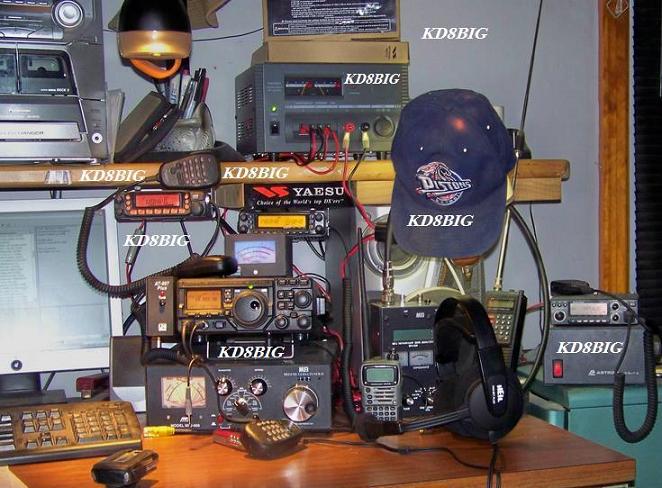Proposals and Changes
to the Spectrum in
Certain Bands Below 1.7 GHz
The purpose of this paper, announced in DGTP-004-05, is to make provisional and proposed changes to allocations in the Canadian Table of Frequency Allocations, and to the spectrum utilization of certain frequency bands below 1.7 GHz for several radio applications.
Spectrum accommodations are proposed or made for radio applications such as multi-use radios (MURS), trunked mobile, fixed wireless access applications and medical and utility telemetry applications.
Gazette Notice DGTP-004-05 invites interested parties to submit their comments to the Director General, Telecommunications Policy Branch, by January 25, 2006 for provisional decisions and by April 19, 2006 for all policy proposals.
2. Background
The demand for spectrum below 1.7 GHz for wireless services, particularly in major urban areas, continues to grow unabated.3. Provisional Allocation Changes in the Frequency Bands 216–220 MHz and 220–225 MHz
The Department proposes provisional changes to the Canadian Table of Frequency Allocations216–220 MHz and 220–225 MHz. in the bands
3.1 Discussion
In 1993, the Department consulted on its spectrum policy for the range 30–960 MHz. Among the bands discussed was the sub-band 220–222 MHz (part of the band 220–225 MHz) and its potential reallocation from the amateur service to the mobile and fixed services. At the time, the U.S. had reduced the spectrum of the amateur service in the band 220–225 MHz and reallocated the sub-band 220–222 MHz to the mobile and fixed radio services. This was due to an urgent need for spectrum for mobile service requirements as well as to make more efficient use of this spectrum.
3.2 Provisional Allocations in the Bands 220–222 MHz and 219–220 MHz
In light of the public interest to open new spectrum for mobile and fixed radio services, the benefit of aligning this spectrum in a North American context, making a more efficient use of the spectrum and the public consultation carried out by the wireless industry (under the RABC), the Department is of the view that making provisional allocation changes is justified.
The Department is, herein, making provisional allocation changes in the sub-band 220–222 MHz, as follows:
- The amateur service allocation is reduced from primary to secondary radio service status.
- The mobile and fixed services are allocated on a primary basis.
- Canadian footnote C11 will permit limited operation of the amateur service on a secondary basis.
3.3 Implementation of Spectrum Allocation Changes
Given the public discussion carried out over the past two years on the need to re-allocate the sub-band 220–222 MHz for mobile and fixed services, the availability of spectrum capacity in the band 222–225 MHz and the accommodation being made in the sub-bands 219–220 MHz and 220–222 MHz for the amateur service, the Department is making these frequency allocation changes provisional. All the information presented shows that this will advance the public interest and make a greater and more efficient use of the spectrum to meet pressing mobile service needs.
Thirty days after the release of this document these frequency allocation changes will be implemented for the bands 216–220 MHz and 220–222 MHz, unless the Department receives compelling arguments to the contrary.
To read the FULL REPORT; CLICK HERE










